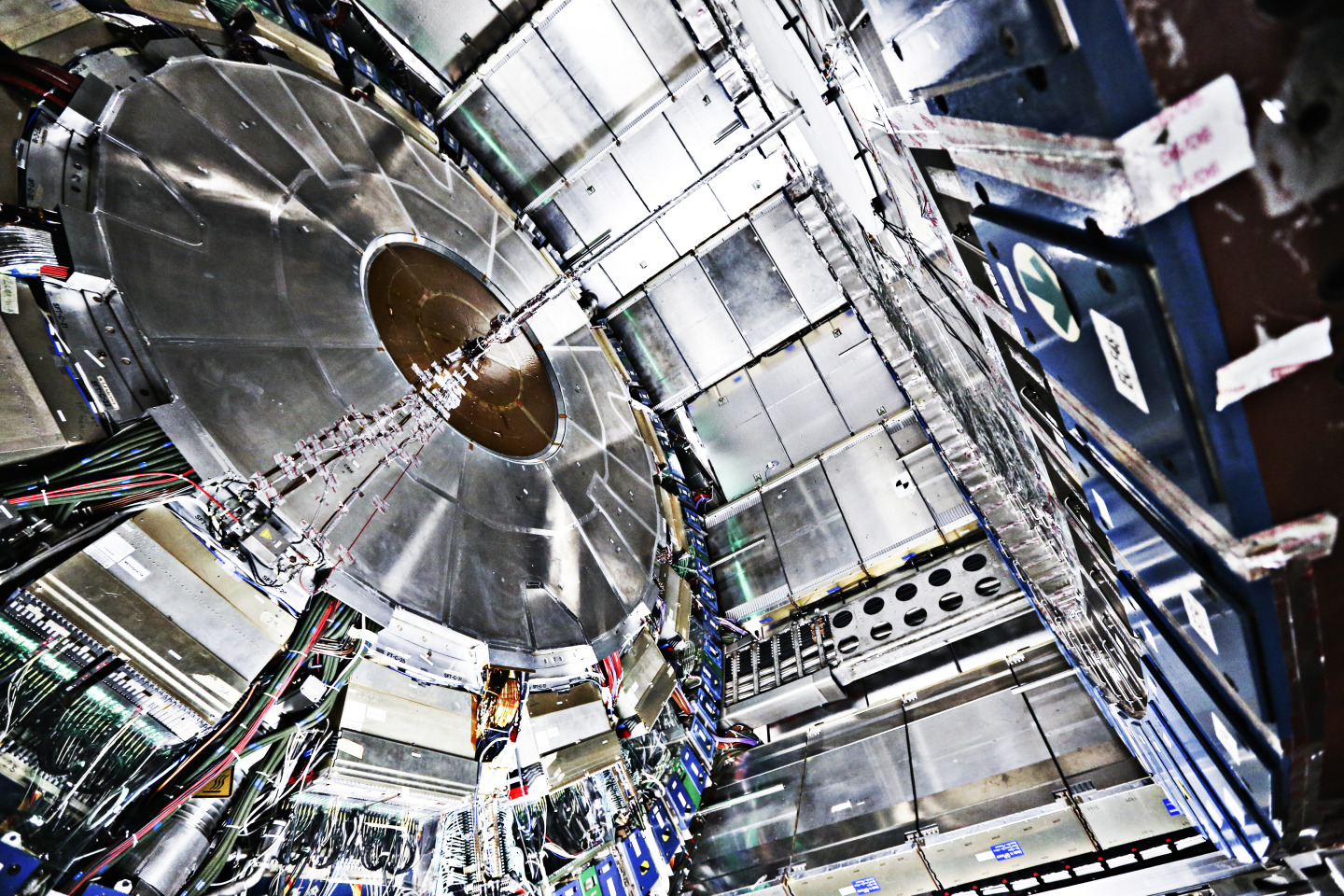An Unknown Physics Raised by the LHC
Follow us on Google News (click on ☆)

View of the ATLAS detector at the LHC. (Image: Claudia Marcelloni/ATLAS CERN)
The Higgs boson, an elementary particle predicted in the 1960s and definitively discovered in 2012, plays a crucial role in the Standard Model of particle physics. It is associated with a field, omnipresent in the Universe, that gives mass to other particles. Its capacity to interact with various particles and fields had been measured with precision, confirming predictions so far.
The recent observation concerns the decay of the Higgs boson into a photon, or quantum of light, and a Z boson, an electrically neutral particle involved in the transmission of the weak force, one of the four fundamental forces of the Universe. According to theory, this process is extremely rare, occurring about 15 times in 10,000 decays. However, data collected by the ATLAS and CMS collaborations show a higher decay rate, at 34 occurrences per 10,000, raising questions about the possibility of new particles or forces beyond the Standard Model.
This notable difference from theoretical predictions, although still insufficient to exclude a statistical fluctuation, suggests the possibility of new physics. It notably opens the door to theories such as supersymmetry, which proposes a relationship between particles of half-integer spin and integer spin, offering potential answers to some of the major puzzles in physics, like the nature of dark matter and the huge discrepancy between the weak and gravitational forces.
Detecting this decay required a meticulous analysis of the results from proton collisions at the LHC, where scientists had to compensate for the inability to directly observe the Z boson by measuring the energy of electrons or muons produced during its decay. This technical feat underlines the extraordinary precision with which physicists can now test the foundations of our understanding of the Universe.
Researchers are now looking to the future, anticipating even more precise data from the next phase of the LHC and the upcoming High-Luminosity Large Hadron Collider, promising discoveries about the fundamental structure of matter.